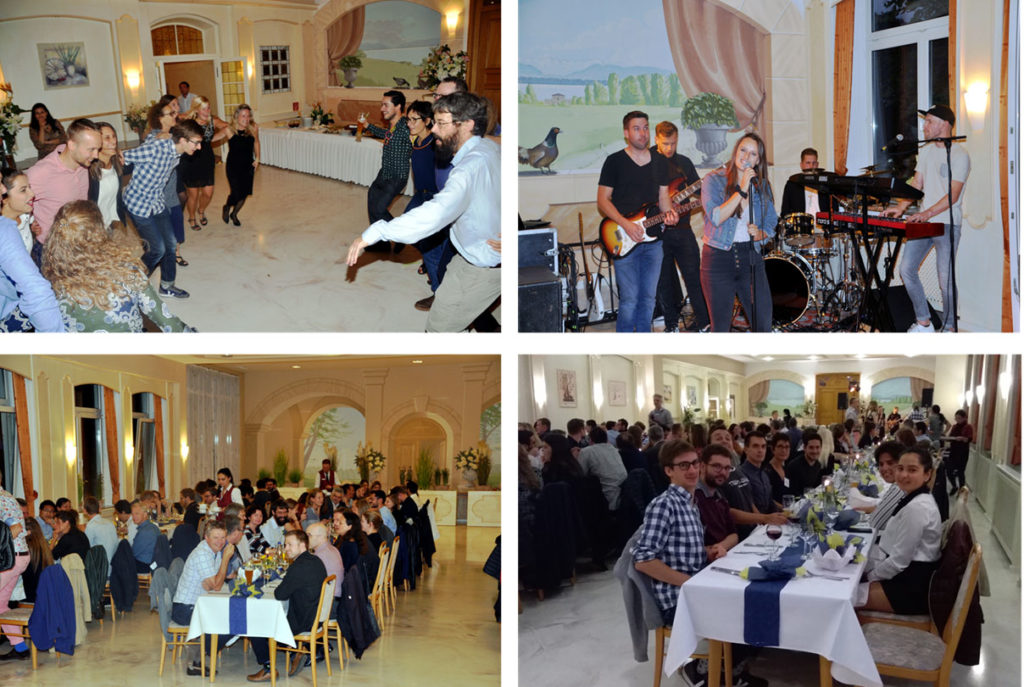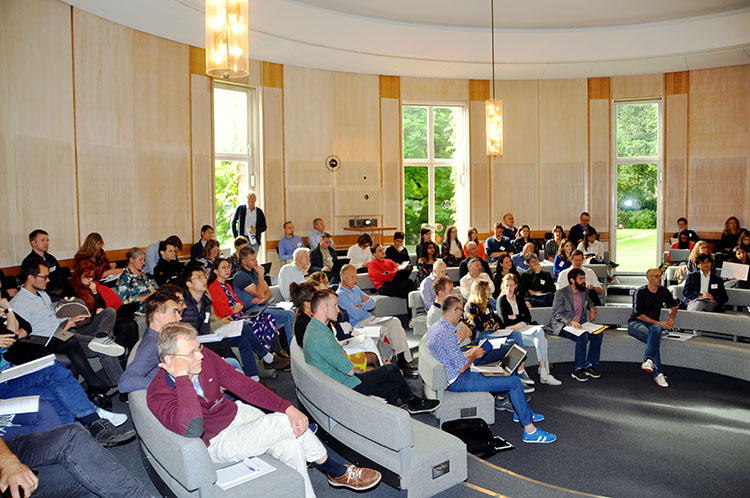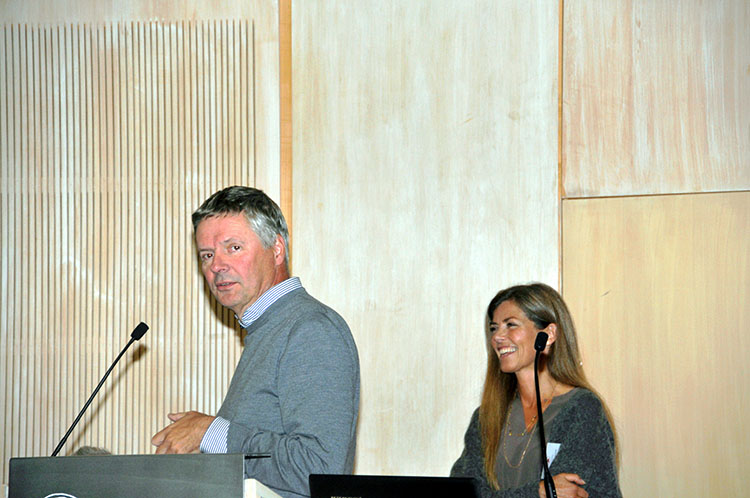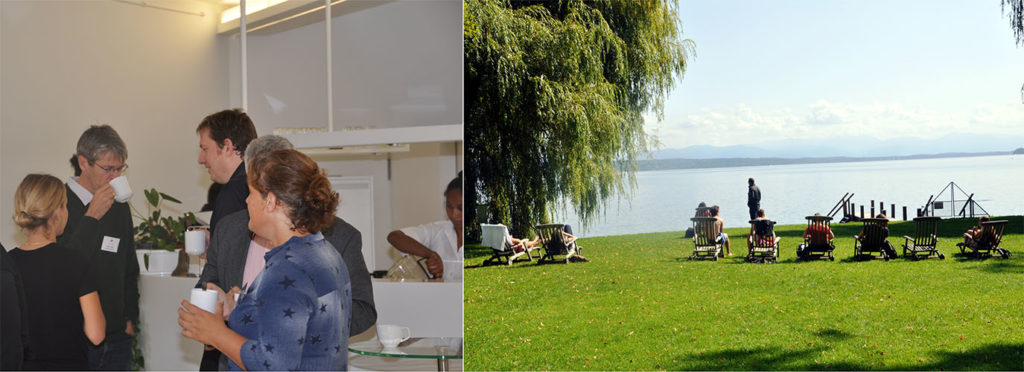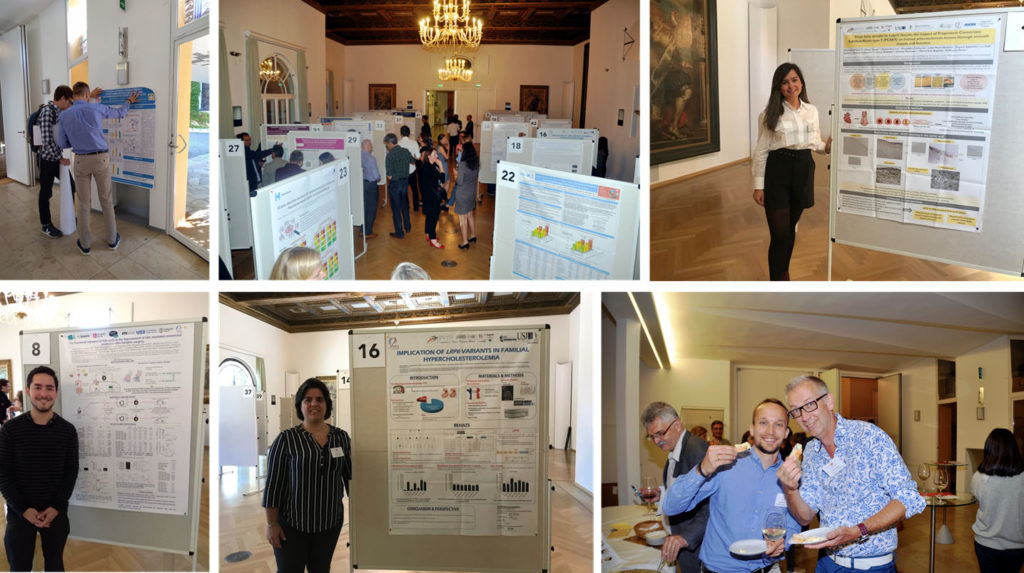Session FATTY LIVER (Chairpersons: Kevin Jon Williams and Christina Christoffersen)
08:30 – 09:10 Invited speaker: Adil Madinoglu (Stockholm, Sweden): Use of systems biology in the treatment of NAFLD
09:10 – 09:30 Menno Hoekstra (The Netherlands): Inhibition of PRMT3 activity reduces hepatic steatosis without altering atherosclerosis susceptibility in ApoE knockout mice
09:30 – 09:50 Jan Kovar (Czech Republic): The acute response of hepatic fat content to high-fat load is more pronounced in subjects with non-alcoholic fatty liver disease than in control subjects
09:50 – 10:10 Alexandre Motte (France) : Postprandial changes in circulating lipoprotein-associated microRNAs distribution (photo)
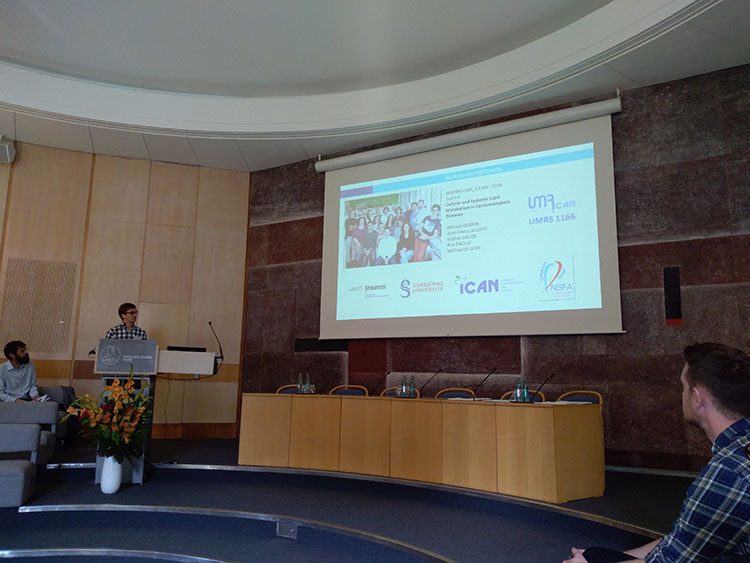
10:40 – 11:00 Noam Zelcer (The Netherlands): A mammalian haploid genetic screen identifies the ERAD-associated E3 ubiquitin ligase MARCH6 as a novel determinant of hepatic fatty acid and lipoprotein metabolism
11:00 – 11:20 Joel Hass (France): The role of apolipoprotein F in the control of plasma and hepatic lipid metabolism (photo)
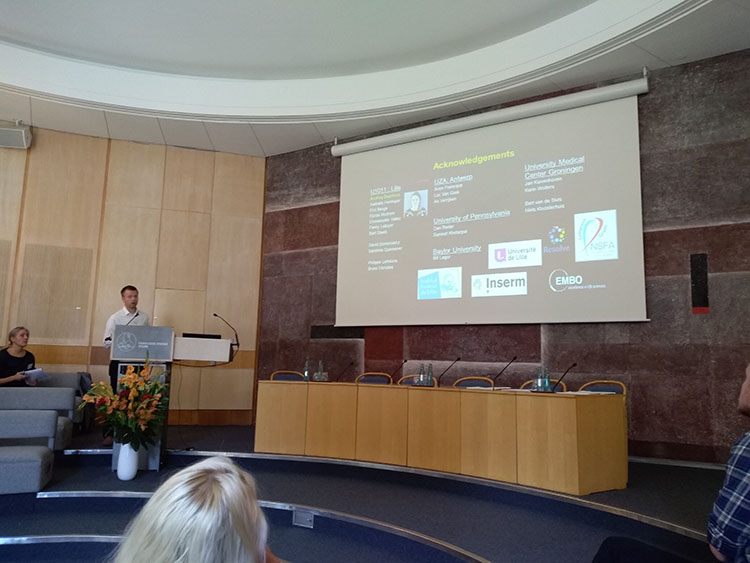
11:20 – 11:40 Wieneke Dijk (France): Identification of novel regulators of cholesterol metabolism by using a mass-spectrometry-based approach (photo)
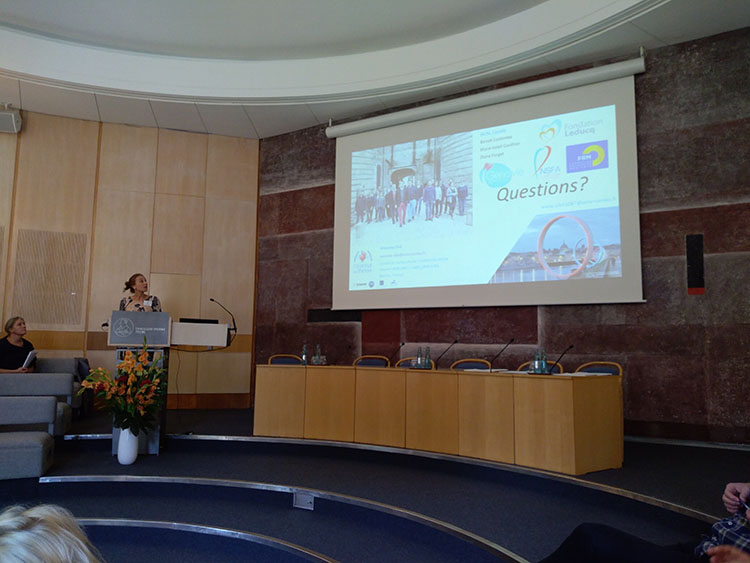
11:40 – 12:00 Lorenzo Da Dalt (Italy): Tissue selective PCSK9-KO mice present altered glucose metabolism, pancreatic function and insulin release
13:00 – 15:00 Networking
Session BILE ACIDS (Chairperson: Mathilde Varret)
15:00 – 15:20 Ioannis Evangelakos (Germany): The role of the alternative pathway-derived bile acids in NAFLD progression
15:20 – 15:40 Jan Freark de Boer (The Netherlands): A human-like composition of the circulating bile acid pool impacts on plasma LDL-cholesterol in mice
15:40 – 16:00 Mats Rudling (Sweden): Mice devoid of murine bile acids display a human-like phenotype
16:00 – 16:20 Christian Wolfrum (Switzerland): Atypical bile acid signalling regulating adipocyte formation
16:20 – 16:40 Yanan Wang (The Netherlands): Δ24-Dehydrocholesterol reductase (DHCR24): a novel target for the treatment of NASH
16:40 – 17:00 ELC status and general discussion
19:00 – late Party and Young Investigator Awards (photos ci-dessous)
